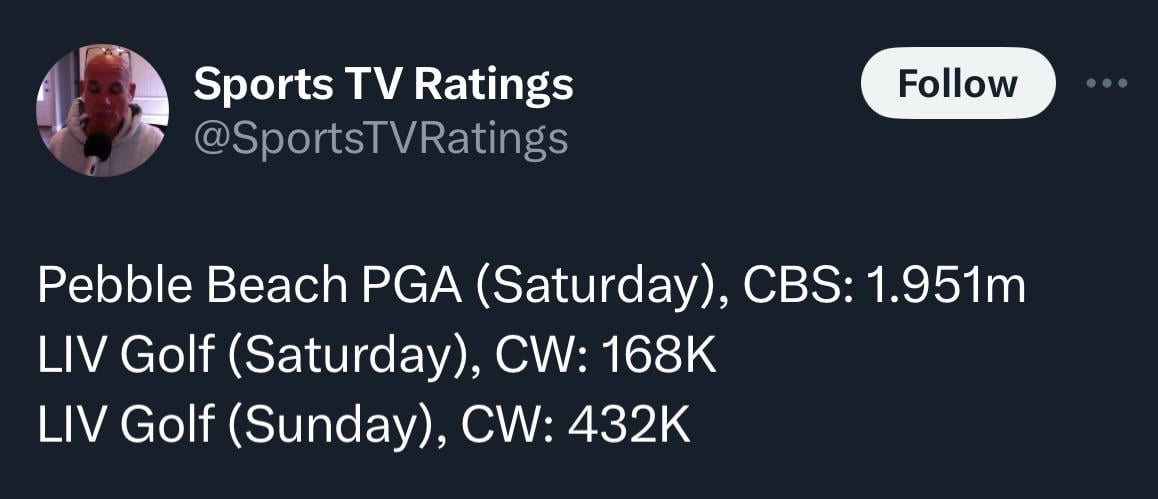Okay, let’s talk about this whole LIV viewership thing. It’s something I spent a good chunk of time wrestling with myself, not too long ago.

Getting Started – Just Watching the Counter
So, when I first dipped my toes into live streaming, like many folks, I was just glued to that little number on the screen. You know the one, the live viewer count. Felt pretty straightforward. More people watching, number goes up. People leave, number goes down. Simple, right?
I started streaming some coding sessions, sometimes just chatting about tech stuff I was working on. At first, seeing maybe 5 or 10 people pop in felt like a big deal. I’d watch that counter like a hawk. Honestly, it was kinda distracting. I’d see it drop by one or two and immediately start wondering, “Oh no, did I say something boring? Was that last explanation confusing?” It messes with your head.
Digging into Platform Analytics
After a while, just watching the live count didn’t feel like enough. I wanted to understand the trends. So, I started digging into the analytics dashboards provided by the platform I was using. Most of them have some kind of backend reporting, showing you peak viewers, average viewers, total unique viewers, watch time, all that jazz.
This is where things got a bit murky. I’d finish a stream, feeling pretty good, maybe the live counter hovered around 50 for a good stretch. Then I’d check the report the next day. Average viewers: 25. Peak viewers: 48. Wait, what? Why didn’t it show the 50 I saw? And the average seemed way lower than what I felt during the stream. It felt inconsistent.
I tried another platform for a bit, just to compare. Same kind of deal. The live number felt… optimistic, maybe? Compared to the after-action reports. It made me realize these platforms probably calculate these things differently. What counts as a ‘viewer’? How long do they have to watch? Do they filter out bots? Who knows! They don’t exactly spell it out clearly.

Trying to Track It Myself
Got a bit frustrated with the black box analytics. Felt like I couldn’t totally trust the numbers I was seeing, or at least, I didn’t understand how they were being counted. So, I decided to try and track things more manually for a period.
- I’d literally note down the viewer count at specific intervals during the stream (like every 15 minutes).
- I paid close attention to chat activity – how many people were actually talking versus just lurking.
- I looked at follower gains during or right after the stream.
This gave me a slightly different picture. Sometimes, even if the viewer count wasn’t huge, the chat was really active, which felt more valuable to me. Other times, the count would spike, but the chat was dead silent – maybe people just had it open in a background tab?
It was a pain to do manually, obviously. Not sustainable. But it helped me understand that the single ‘live viewer’ number isn’t the whole story. Not by a long shot.
What I Settled On
In the end, I stopped obsessing over the exact number shown live. It’s just too unreliable and varies too much between platforms and how they measure it. Instead, I focused on:
- Trends over time: Using the platform’s own analytics, even if flawed, to see if my average viewership, peak viewership, and watch time were generally going up or down over weeks and months. Consistency in how it’s measured, even if imperfect, is more useful than a fluctuating live number.
- Chat engagement: This became a much bigger metric for me. Are people talking? Asking questions? Responding to me? That shows real engagement.
- Follows and Subscribers: Are people sticking around after the stream? That’s a good sign.
So yeah, that was my journey with trying to figure out LIV viewership. Started simple, got confused by the platform stats, tried doing it myself, and finally landed on focusing on trends and engagement rather than sweating the live count too much. It’s less stressful and gives a better picture of actual community building, I think.









